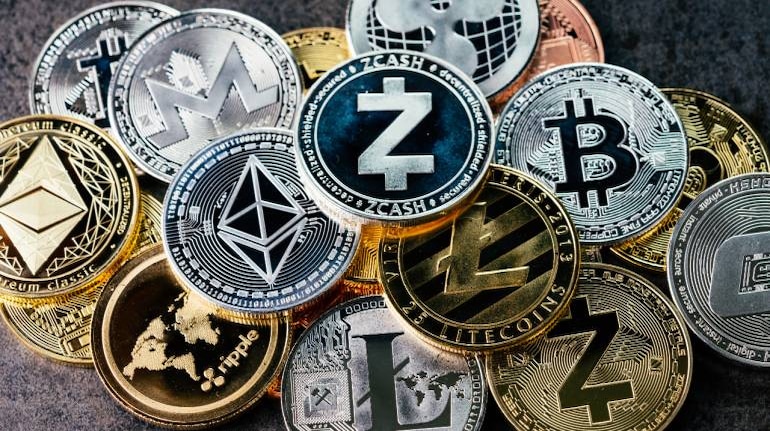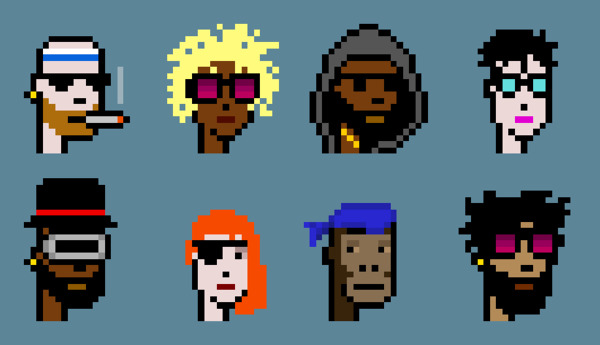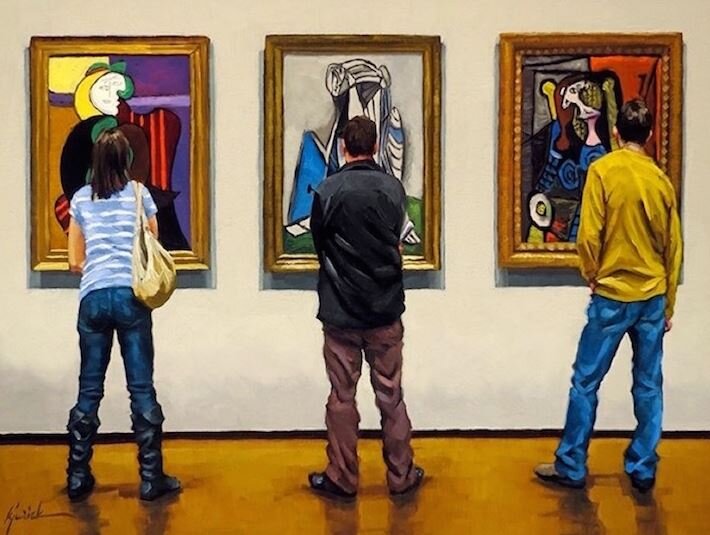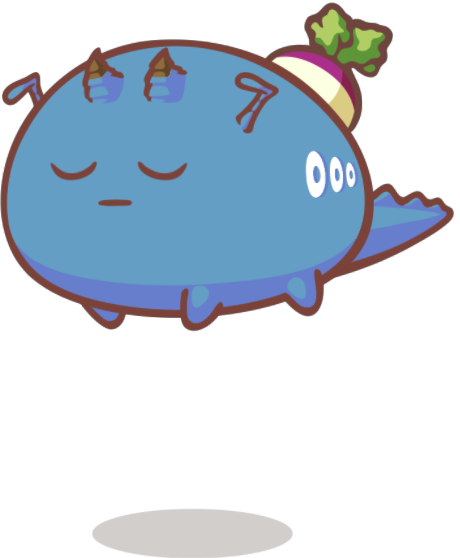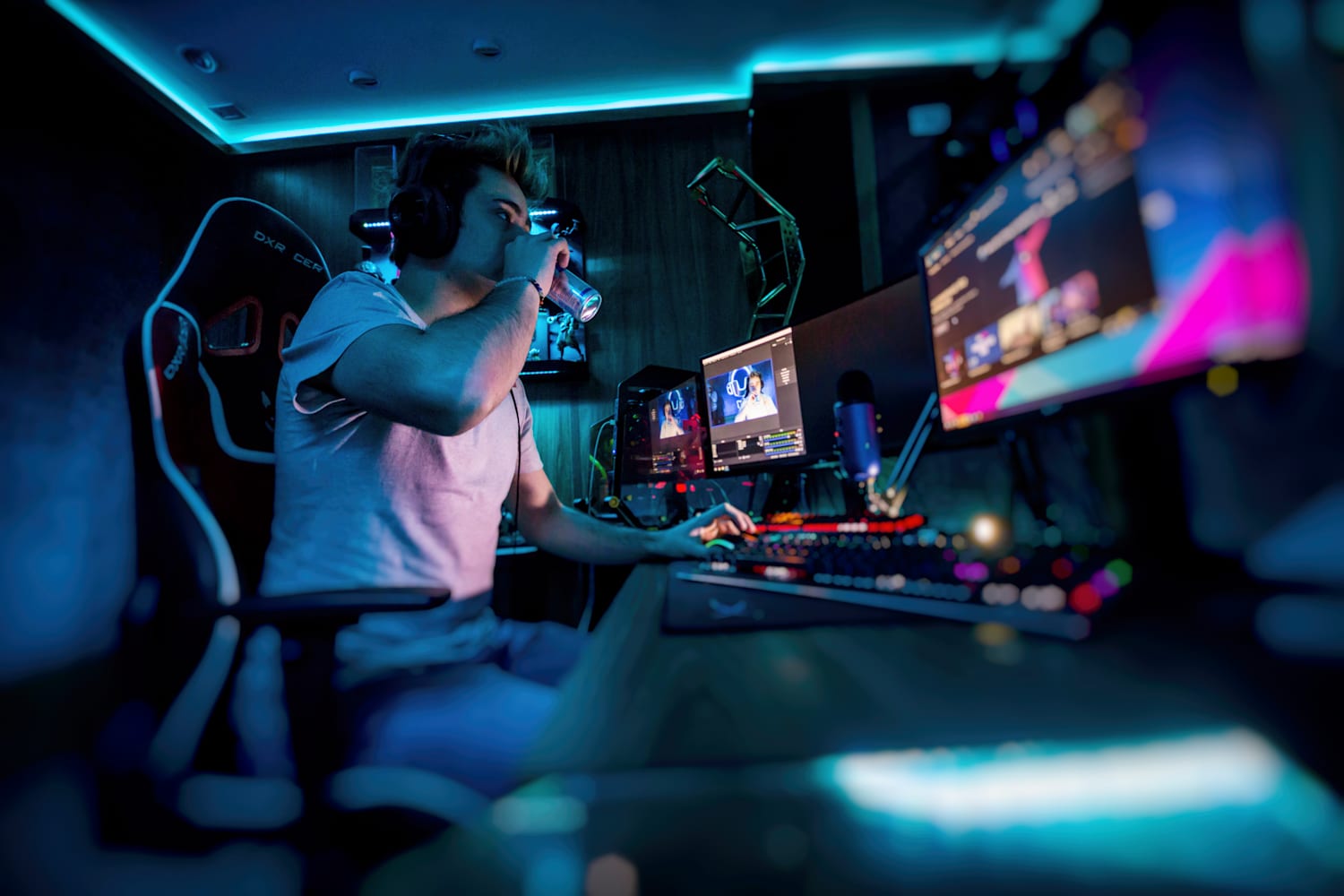In this series of blogposts, I will be writing about the reasons why I had chosen to act upon certain decisions in the past, present or for the future. This series will help me to analyse my decisions on hindsight, reflect on the mistakes and success that I have made, and understand the reasons why I came to do certain things. My hope is to learn and immortalize my actions for my and my reader's benefits and perhaps be the subject of some social research in the future. Hmm...
Why I Invested in Crypto NFTs in 2021.
When blockchain technology first exploded in the early 2010s, speculations on the potential of this new technology swept across the world. People were talking about using bitcoin to purchase this and that, and social media were picking up stories about people getting rich from their participation in this new ecosystem. Blockchain technology's intended aim was for the decentralisation of transactions, to cut out the middleman that for so long had plagued almost every kinds of transaction. In a world that was still grappling from the 2008 financial crises and mistrust against financial institutions running high, blockchain technology promises to be a nobler alternative.
It is during the pandemic of 2020 that the second resurgence of interest into cryptocurrencies happened. During the crypto winter following the crash in 2018, blockchain technology adopters created new forms of utility for the technology, namely in decentralised finance (deFI) and Non-fungible Tokens (NFTs). During the same period, supporting infrastructure for the mass adoption of blockchain technologies has been slowly building up in the form of safer digital wallets and the creation of crypto-exchanges that connects to the existing traditional financial ecosystem. deFI allows people to raise funds quickly and create investment products through blockchain technology in the form of tokenisation. Essentially, a person is able to create digital tokens for a specific purpose and people can invest in these tokens by purchasing them. These purposes range from altruistic projects such as saving endangered whales, to gaming projects, to projects that aim to create marketplaces for artists and entrepreneurs. As cryptocurrency developed hype again, an interesting phenomenon emerged which is the creation of memecoins such as Dogecoin and Shiba Inu.

This development, in my opinion, represents a major setback against a fundamental belief behind blockchain technology which is that the centralisation of traditional wealth can be decentralised. With prices of memecoins skyrocketing, a parallel reflection of the reddit-backed US stock rallies a few months prior, cryptocurrencies became the plaything for people with wealth who, just like in traditional finance are able to manipulate the market in their favour. One's initial capital once again rule supreme in the deFI space. An even bitter pill to swallow is the fact that unlike traditional finance that have centralised checks in place to reward projects based on the attractiveness of their utility to the world (creating cars, building factories etc), the cryptocurrency projects that garnered even greater amount of investments had no actual utility. Billion of dollars was injected into dogecoin when there were absolutely no plans for its real-world usage. It is like buying yourself store credit but not being able to use the store credit because nothing is for sale. It is to no surprise that a bubble formed that resulted in the crash of the crypto space in May 2021.
Looking past the mindless hype-generated fervour of the cryptocurrency world in the first half of 2021, I do believe that the space is evolving into one focused on utility. To explain how I came to this conclusion, perhaps I have to explain the other phenomenon that took place shortly after the May 2021 collapse; the development of the NFT space.NFTs are an evolved form of tokenisation. It is the tokenisation of unique digital and/or physical assets. Essentially, anyone is able to tokenise an asset like an art piece, a car, or even your time. Anyone can then list their assets in the many marketplaces that have emerged such as OpenSea or Raribles and anyone can purchase these assets. As the value of the asset is based on what people believe the asset is to be worth, the price of the NFTs can fluctuate depending on people's opinion of it. The early NFT art works that were successful and have real value that can be sold for thousands if not millions are those that have a story behind them. An example would be Beeple's art piece '5000 days' that sold for $69 million. The artist had, over the course of 5000 days, drew one picture every single day until his collection grew to 5000 pieces. Artists that have done paintings for years and years and did not get recognition in the art world but have massive social following suddenly found an avenue to earn income from their art. NFT digital art marketplaces became a new economy of its own. That economy evolved however, with the influx of mediocre and amateur artists that just started painting or drawing for the very first time listing their works in these marketplaces. The value of the assets being listed becomes blurred. One can find an amateur painting being listed and sold for $15,000 and the average layperson would have no idea what the actual value of the painting should be. The culprit to this horrendous development is a new form of NFT projects that emerged during the hype of NFTs. Before you label me something negative for condemning this culprit, I am here to point out as well that the culprit eventually also gave rise to the optimistic development that the blockchain technology space seems to be gearing towards - utility.
That culprit is CryptoPunks, everyone's beloved generative NFT art. CryptoPunks, for the uninitiated, is the godfather of limited generative art. Basically 10,000 art pieces were created from a pool of traits such as background colour, eyes, and hair to name a few, which was then randomised and combined such that no one art piece has exactly the same combination of traits as another. When I first looked up CryptoPunks, I was disappointed. The quality of art was dismal, the kind of art that I could have done myself. I was equating art with something like the Mona Lisa, or Beeple: something to admire and inspire. In CryptoPunks I witness the price of an amatuerish looking piece of art going for a million dollars. The idea of CryptoPunks, however, was original, and being the first of its kind definitely warrant some of the value the art pieces was commanding. These generative art filled a void that the traditional art scene had always had. People love art, and people wants to own art to show them off. But people also wants to show off their art which other people also prize. Most people cannot afford a Picasso, so the generative art scene creates a similar experience to the traditional aficionado bourgeois-dominated art world, one which more people can participate in. After all, the initially $50 CryptoPunk one bought is now worth $50,000 and one can, with gusto, tell one's folks that they own a $50,000 piece of art. One can call themselves a neo-aficionado.
As with successful projects or movements, new players will emerge in the market attempting to replicate the same success. However, people fail to realise that most of these projects is doomed to fail. With so many generative art projects being introduced every few weeks, which projects is worth something at all, and who would want to pay $50,000 for, let's face it, an amateur piece of art at the end of the day?
The Rise of Utility
A few months after not visiting OpenSea and checking up on the digital art scene, I popped into the OpenSea website and discovered the Bored Ape Yacht Club (BAYC) generative art project that had developed quite an impressive hype and community support. Other than just being a piece of art that has some incredibly fine detail and 'pop-ness' to it, it also has some utility. The utility is a sort of community-centred utility. By investing into the project and purchasing a BAYC NFT, you are in a sort of a club that gains you access to features to a site that have activities that you can do with other BAYC NFT holders. It is an exclusive club and it is an interesting concept that merits the value the NFT may hold in the market.
During the time of BAYC, you can already find dozens of generative art projects mostly without utility and these projects just died off. It seems now that in order to get people to buy into the project, you need some form of utility attached to the project. One such project was Fucking Pickles that sort of promise (or as pickle holders put it - promised absolutely no such thing) a lot of utility with their superior website and Discord community. Another is the DeadHeads project that is a generative art project that also promises to create an animated series behind each of the NFT art pieces. Finally, there is Super Yetis that promises to develop a game out of the NFT art pieces in the form of a Yetiverse. These projects are successful to a limited degree but a characteristic of these projects is that almost all of the NFTs eventually became worth less than its original mint price, and a possible reason for that is that the target base for these projects are always the same groups of people, who would have only so much capital to inject into each project's economy. The spirit and idea behind these developments, however, are certainly something positive to think about. More and more projects are now interested in longer term utility to catch the attention of investors and to delve outside of the same target group. The next big thing in the NFT space is definitely something which is creative and useful, and it could be right around the corner.
The Nascent Project
During the NFT market evolution, there was a project that had been nascent in the background that had all the traits for a mega-successful NFT and deFI project. For two years since its inception in 2018, the game grew slowly and organically from a few hundred to a few thousand active users before eventually seeing a parabolic increase in the number of active users somewhere around June 2021. That project is Axie Infinity. Axie Infinity portrays itself as a Play-to-Earn crypto blockchain game that promises to reward players on the amount of time they put into the game. Decentralisation and play-to-earn seems like a hard concept to mash together but the more one thinks about the economy of the game, the more it makes sense as a deFI multi-level marketing product.
Regular players of the Axie Infinity game have to invest money into the game initially to start playing, and the initial investment is not little. One has to put in about $1000-$3000 initially and the amount is used to purchase 3 NFTs called Axies and some AXS tokens. However, with that amount invested, the player will be able to play the game and earn another in-game token called SLPs that they can use to multiply their assets. i.e. create an altogether new NFT which they can then sell to other new players. This is decentralisation in the gaming industry at its finest because the players are selling to other new players while the developers only takes a small cut of the transactions which they use to maintain the game's economy (and reward themselves as well, I assume). The Axie Infinity economy is thus, something like an egalitarian multi-level marketing scheme and the bigger the game gets, the more people who plays the game, and the more existing players will earn.
There are detractors that may see the platform as just a game that brings no real world utility. This argument would not hold a candle as we can compare Axie Infinity to the traditional multi-billion dollar gaming industry. The only difference between the two is that the monetary benefits from playing the game is spread across more stakeholders instead of just the game developers and investors. Axie Infinity thus represents an early form of amalgamation of the gaming industry with blockchain technology.
Where to Next?
Digital art and digital games are the first steps towards incorporating blockchain technology into traditional ecosystems due to the nature of the products. I do foresee a greater integration of this technology into other aspects of our lives in the near future. Blockchain technology will take root in our society one way or another mainly because it has a very useful application; its immutable ability to process instantaneous transactions at possibly lower costs. It is a useful technology that can bring greater order and unity to a chaotic world and right now, it is at a stage where the technology is an idea, a belief at the back of people's minds. As blockchain technology spreads and begin to entrench itself into our societies, people will start to contribute more and more ideas about what one can do with this technology. It could be a carpenter, a farmer, a student, or a doctor that comes up with the next creative spark as to how one can implement blockchain technology utility into their work or daily lives. But one thing is certain. With more people participating in blockchain technology, be it they being aware that they are participating in it or not, the technology is here to stay and utility will be the key to unlocking the bridge between traditional ecosystems and the blockchain world.
